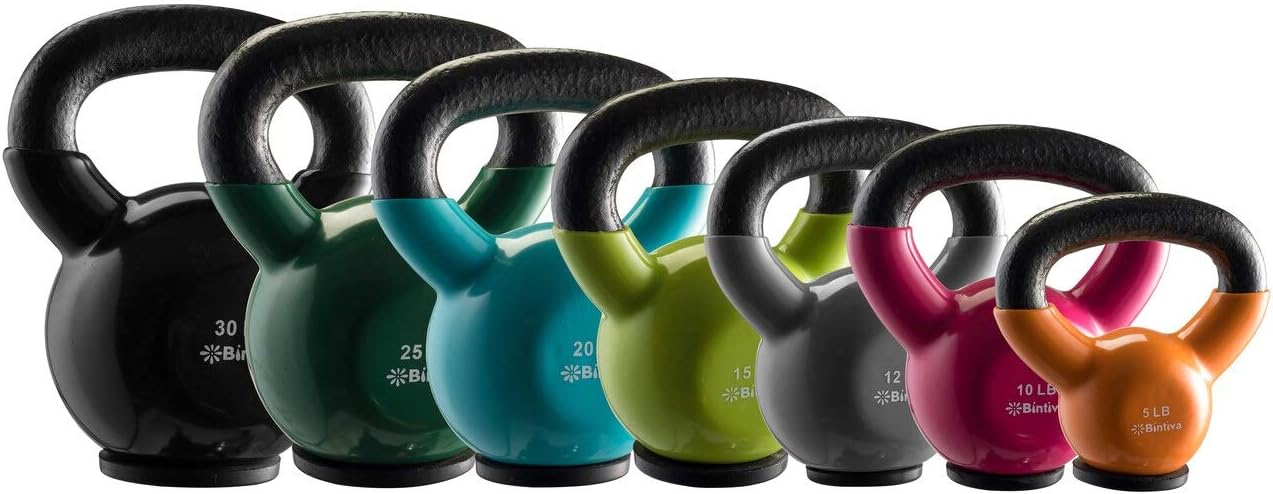Kettlebell workouts have surged in popularity, and for good reason. These compact weights, resembling a cannonball with a handle, unlock a dynamic full-body workout that elevates strength, endurance, and balance. If you’re new to the kettlebell world, this step-by-step guide, enriched with a brief history, is tailor-made for you.
A Glimpse into Kettlebell History
Origins in Russia:
Kettlebells, with their origins dating back to 18th-century Russia, were initially used as counterweights for goods in markets. Strongmen soon recognized their potential for strength training and incorporated them into their routines.
Spreading Across the Globe:
In the 20th century, kettlebells gained traction beyond Russia. They became a fundamental tool in Soviet military training, promoting strength and agility.
Modern Fitness Icon:
Today, kettlebells have transcended their humble origins, firmly establishing themselves in the fitness world. Their efficacy and versatility have made them a favorite among fitness enthusiasts, athletes, and trainers.
Navigating Your Kettlebell Journey
Understanding the Kettlebell:
A kettlebell’s unique shape, a heavy ball with a handle, presents an offset center of mass, engaging multiple muscle groups and enhancing stability.
Choosing the Right Kettlebell:
For beginners, opting for a kettlebell between 8 to 12 kilograms (18 to 26 pounds) is a sensible start. The grip should be comfortable, especially during intense exercises.
Safety First: Mastering the Basics
Proper Warm-Up:
Prepare your body with a comprehensive warm-up, encompassing light cardio, stretching, and mobility exercises.
Maintain Proper Form:
Adhering to correct form is vital to prevent injuries. Maintain a straight back, engage your core, and use your legs to generate power.
Start Light:
Initiate your journey with a lighter kettlebell to grasp the correct technique before advancing to heavier weights.
Kettlebell Workout for Beginners
Let’s venture into a straightforward yet effective full-body kettlebell workout for beginners.
1. Kettlebell Goblet Squats (10 reps)
Hold the kettlebell close to your chest, squat down, ensuring your chest is up, and return to a standing position.
2. Kettlebell Deadlifts (10 reps)
With feet shoulder-width apart, hinge at your hips, grasp the kettlebell with both hands, stand up straight, then lower it back down.
3. Kettlebell Swings (15 reps)
Grip the kettlebell with both hands, hinge at your hips, and swing the kettlebell forward to shoulder height, maintaining straight arms.
4. Kettlebell Bent Over Rows (10 reps each arm)
Hinge at your hips, holding the kettlebell in one hand. Pull it up towards your chest, keeping your back straight.
5. Kettlebell Russian Twists (15 reps each side)
Seated on the floor, grasp the kettlebell with both hands, and twist your torso to the right, then to the left.
6. Kettlebell Plank Drags (10 drags each arm)
Assume a plank position with a kettlebell beside you. Reach under your body with one hand and drag the kettlebell to the other side.
Cooldown and Recovery
Post-workout, prioritize a proper cool down to gradually reduce your heart rate and stretch your muscles to prevent stiffness.
In Conclusion
Kettlebell workouts offer an exciting dimension to your fitness journey. Starting with the basics and emphasizing safety and form will set you on the right path. Seek guidance from a fitness professional to ensure you’re on track and gradually amp up the intensity as you gain confidence and strength. Embrace the tradition of kettlebells and witness the transformation of your fitness routine. Happy swinging!

